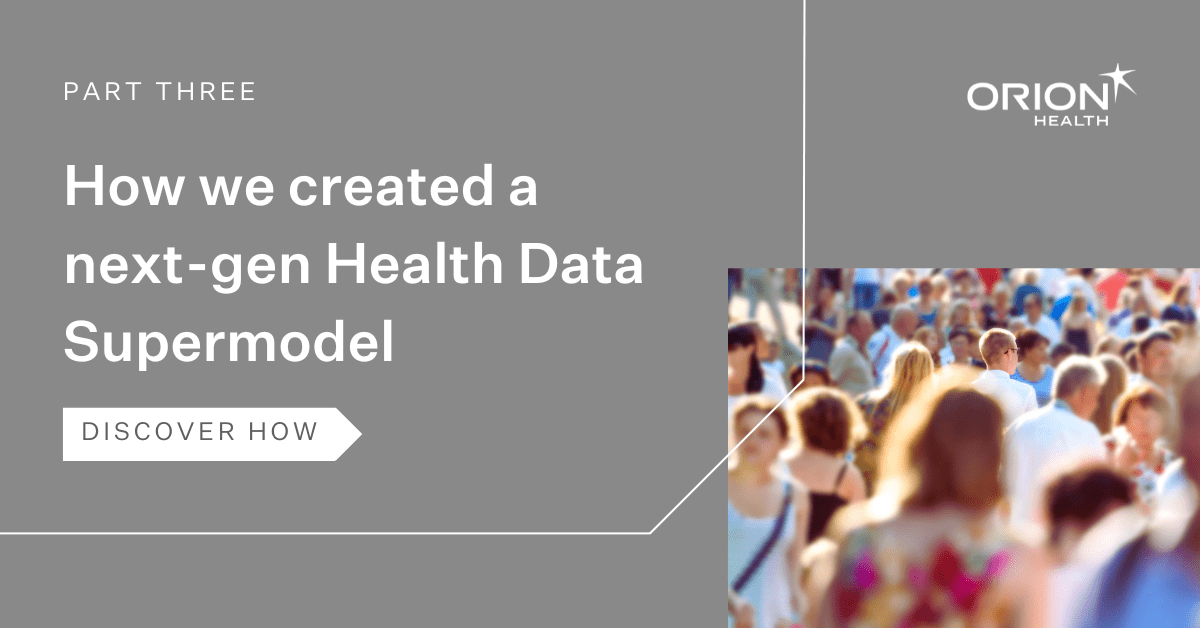An organization’s data strategy should include guidelines for data handlers to safely work with data without compromising PHI.
There are multiple ways data can be de-identified, each with a specific technical approach and outcome. Choosing the appropriate method for an organization depends on its business objectives, the available data and its final use.
Suppression
Involves selectively removing specific identifiers—like patient IDs or exact locations—from a vast range of healthcare data. The goal is to maintain the data’s overall integrity and value while ensuring no single piece can reveal an individual’s identity. It involves a careful balance of what to remove to keep data both useful and anonymous.
Masking, Hashing, and Encryption
Beyond simple removal, Masking hides parts of data, akin to placing a mosaic over sensitive information. Hashing converts data into a unique string of characters, acting like a digital fingerprint. Encryption transforms a piece of data into a coded format—readable only to those with the key—much like ancient text. Format-preserving Encryption scrambles data while maintaining its original structure, making it useful yet secure.
Generalization
Zooms out from specific details to broader categories. I.e. instead of using exact addresses, data is generalized to city or region levels. This approach preserves data utility for analysis while protecting individual identities by diluting specific details.
Perturbation
Adds or alters data points slightly, like adding background noise to a conversation. This method masks original values without distorting overall patterns and insights, maintaining data integrity while protecting privacy.
Randomization
Shuffles data elements to obscure their original order, maintaining data integrity for analysis while preventing re-identification. It ensures that the path back to any individual is elusive even if someone tries to reverse-engineer the data.
Healthcare organizations must stay informed about the latest de-identification practices and regulatory requirements, incorporating them into their data management strategies. The US Department of Health and Human Services Office for Civil Rights enforces the Privacy and Security Rules and is the best place to check for regulatory changes.
Read Chapter Two of The Buyer’s Guide to De-Identification Solutions for a comprehensive list of key questions to ask when developing your data strategy.
Want more insights? Check out key excerpts from Chapter One in our previous blog: Why De-Identify? Safeguard Patients while Unlocking Innovation.



